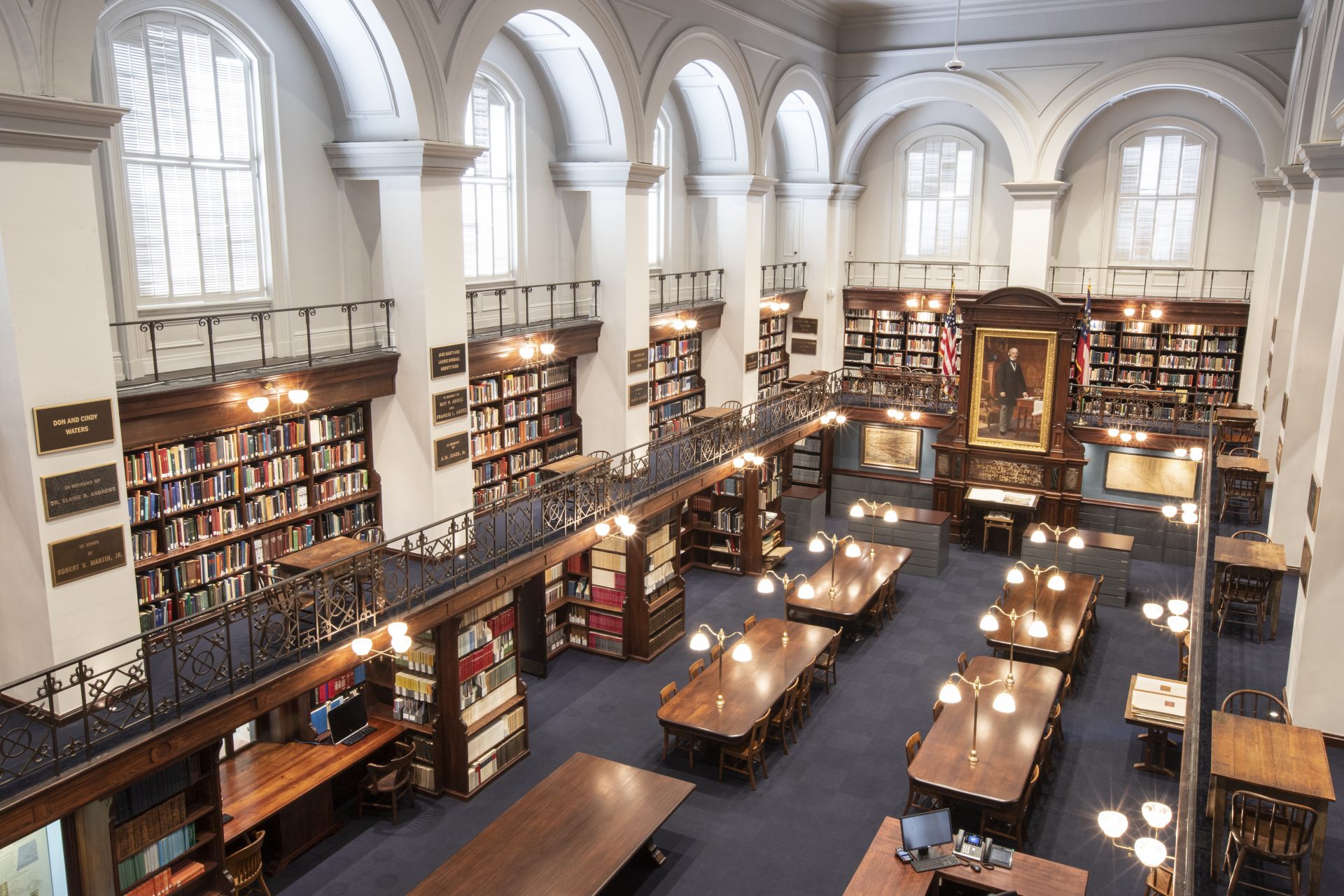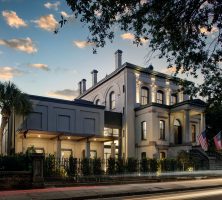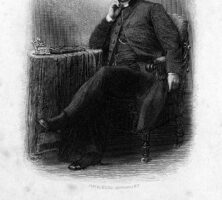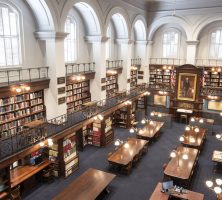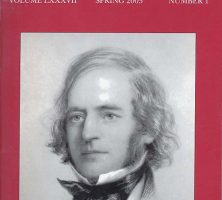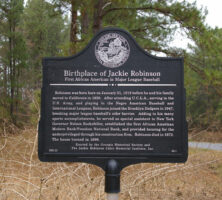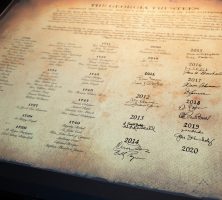Founded in 1839, the Georgia Historical Society is the oldest continuously operating state historical society in the South and one of the oldest historical organizations in the nation. The institution is dedicated to collecting, examining, and teaching Georgia history. Headquartered in Savannah, the colonial capital of Georgia, the society continues to bear the seal of the Georgia colony’s Trustees, along with their philanthropic motto: Non sibi sed aliis, meaning “Not for self, but for others.”
Origins and Leadership
In the spring of 1839, Richard D. Arnold, William Bacon Stevens, and Israel K. Tefft, all Savannah residents, founded the Georgia Historical Society. The state legislature in Milledgeville incorporated the organization in December of that same year. Arnold described Tefft, an autograph and manuscript collector, as the true “fons et origo [source and origin]” of the society. Certainly, Tefft’s splendid collection of documentary treasures suggested both a nucleus and an exemplar for the organization’s collections.
The three founders soon succeeded in attracting to their cause an impressive group of tidewater “aristocrats” and businessmen. They also framed a constitution calling for a governing structure that continues, in general, to be followed today, with a president and other officers assisted by a governing board, whose members are known as curators. From around 100 active members in 1839, the society had grown to some 6,000 by the beginning of the twenty-first century.
From its inception the society profited from inspiring, dynamic leadership. Among the most effective of the organization’s nineteenth-century presidents were its first two, John Macpherson Berrien (a lawyer, U.S. senator, and U.S. attorney general) and James Moore Wayne (a lawyer, U.S. congressman, and associate justice of the U.S. Supreme Court). One or the other served as president between 1839 and 1862. Henry Rootes Jackson (a lawyer, jurist, diplomat, and Confederate general) held the presidency from 1875 to 1898.
During the twentieth century few presidents served more than one term, and the majority of them were professionals or businessmen from the Savannah area. Some, however, like Alexander A. Lawrence and Malcolm Bell Jr., were also historians in their own right. Toward the end of the century, university-affiliated historians, including William M. Gabard and Roger K. Warlick, often led the society, and their efforts were rewarded in 1989, when the society received a Governor’s Award in the Humanities. In 1996 the attorney Lisa Lacy White became the first female president, and she served a term marked by productive initiatives and imaginative leadership.
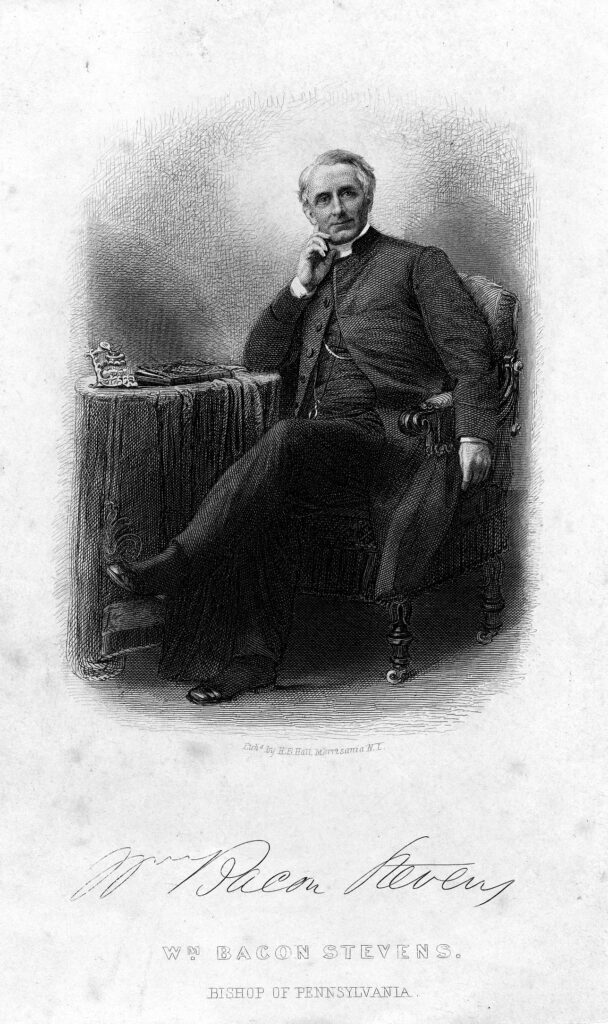
The society hired its first professional historian, W. Todd Groce, as executive director in 1995. In 2006 the society changed its bylaws so that the volunteer head of the institution became chairman of the board, and Groce was elected the organization’s forty-third president.
Collections and Library
In 1839 a circular issued by the Georgia Historical Society’s library committee listed about 100 types of historical materials, which included not only the primary sources of the state’s history (manuscript and printed) but also secondary and literary sources. The collection was steadily augmented over the years, and by 2011 it numbered more than 4 million manuscripts, 100,000 photographs, 30,000 architectural drawings, 15,000 books, and thousands of maps, newspapers, portraits, and artifacts. The papers of many influential Georgians, including Griffin Bell, Vince Dooley, Benjamin Hawkins, Helen Dortch Longstreet, Juliette Gordon Low, and Bernie Marcus, are held in the society’s collections. Perhaps the most significant document in the collection is an original draft copy of the U.S. Constitution that belonged to Abraham Baldwin, a Georgia delegate to the national constitutional convention of 1787.
Preservation of the society’s collections remains a central focus. From 1839 to 1849 the organization shared a repository with the Savannah Library Society, to whose collections and furniture the society was heir. This marked the first of many partnerships that would be vital to the society’s survival.
In 1849 the society moved into its own hall, a neo-Gothic structure designed by John Norris and located on East Bryan Street, just off Reynolds Square. In 1871 the society relocated to Armory Hall on Wright Square, and in 1875 the society finally moved to its present headquarters, Hodgson Hall, at the northwest corner of Forsyth Park. Erected in memory of the prominent society member and savant William Brown Hodgson, the impressive structure serves as a representation of the society to most of its members. Not surprisingly, the society’s expanding collections and membership have necessitated periodic renovations, improvements, and additions to the original structure. These include the Abrahams Annex in 1970 and the Jepson Education Center in 2011.
Individuals of various titles, from librarian to director, have borne the major responsibility of overseeing activities in Hodgson Hall and have been crucial to the success of the society. From the late 1870s to the late 1990s, four individuals gave the society especially remarkable service, precious continuity, and a lengthy institutional memory: William Harden, 1875-1936; Lilla Mills Hawes, late 1940s-1976; Anthony R. Dees, 1976-83; and Anne P. Smith, who rose from staff member in 1982 to library director in the 1990s. In addition, various society members, including several representatives of the De Renne family, whose own extraordinary collections were often used as an adjunct to the society’s holdings, have assisted with the society’s collecting activities over the years.
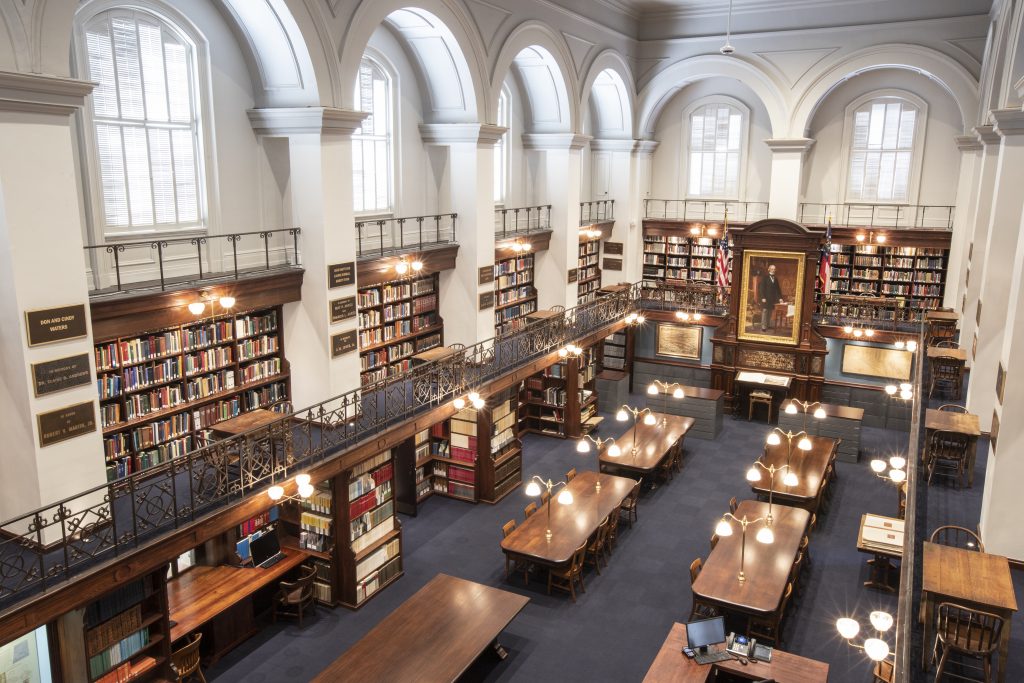
The Georgia Historical Society, like other similar organizations, has experienced chronic funding challenges throughout its life, but the adoption of a modest agenda and the benefit of various timely partnerships have contributed to its survival. Among the society’s partners who have assisted with various expenses are the Savannah Public Library, Armstrong College (later Armstrong State University), and most notably, the Georgia Archives.
From 1966 until 1997 the society’s library served as a branch depository of the Georgia Archives, resulting in considerable funding assistance. In 1997 this relationship was transformed with the privatization of the library, which set in motion the largest expansion in the institution’s history and laid the foundation for its financial stability and security. Though the library’s depository status continues, public funding was almost entirely phased out, and today the society operates independently of the state, relying almost entirely on private support. From 1997 to 2011 the operating budget grew from $250,000 to more than $2.5 million. During that same period the GHS endowment, established in 1971 and administered by a permanent board called the Georgia Historical Society Endowment Trust, grew from $1 million to $7 million.
Publications and Broadcasts
Publishing has historically been one of the Georgia Historical Society’s major avenues of disseminating Georgia history. Issued intermittently, the series Collections of the Georgia Historical Society began publication in 1840, and the twenty-second volume was published in 1996. In 1914 J. Franklin Jameson of the American Historical Association noted of the Collections that the society “chose from the beginning the right path, in composing its volumes mainly of those original and contemporary materials whose value is permanent and secure. Its editions of Oglethorpe and Montiano and Wright, of James Habersham and Joseph Clay, are alone sufficient to confer distinction upon such a society.” The society has also commissioned and published other books, from William Bacon Stevens’s two-volume History of Georgia (1847, 1859) to Buddy Sullivan’s Georgia: A State History (2003), with the assistance of various publishing houses.
In 1917 the society began publishing the Georgia Historical Quarterly, which features scholarly articles and book reviews. An index to the Quarterly (1917-76) was published in 1991, and the journal received a Governor’s Award in the Humanities in 1999. Though the Quarterly originally contained news on society activities and information on accessions, those subjects have been covered since 1972 by the society’s popular history magazine, Georgia History Today (formerly the GHS Footnotes).
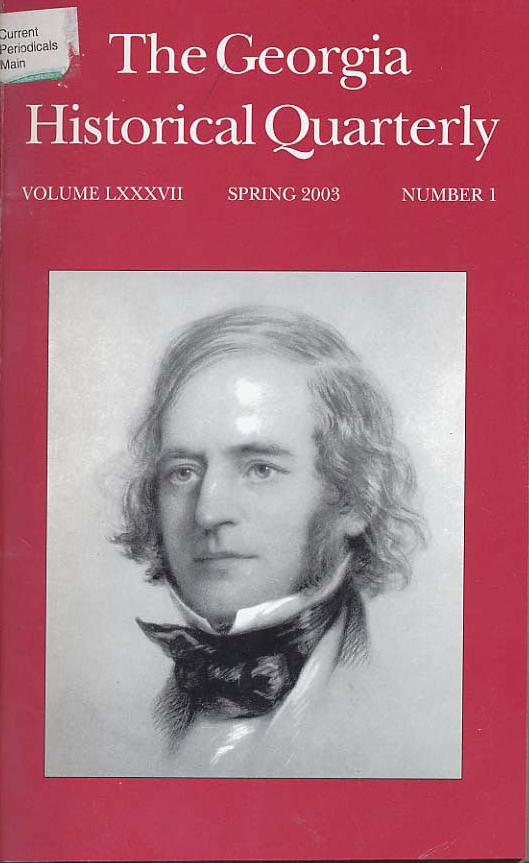
By the 1990s the society also boasted a Web site offering information on publications, outreach, and events. During that same period a more traditional brand of dissemination, the historical lecture, was revived and presented to audiences beyond Savannah by society representatives, recalling a form of outreach that had been initiated by William Bacon Stevens in the 1840s.
In 2011 the society, in collaboration with Georgia Public Broadcasting, launched Today in Georgia History, an educational series of short radio and television programs. Each segment focuses on the historical events or people associated with a particular day in Georgia history. An interactive Web site, featuring archived programs, transcripts, and educational resources, accompanies the series.
Programs
The Georgia Historical Society administers a number of programs designed to educate the public and provide meaningful ways for Georgia’s citizens and visitors to engage with the state’s history.
Georgia Historical Marker Program
One of the society’s most visible and expansive efforts, the Georgia Historical Marker Program erects and maintains markers at locations of historical significance around the state. In July 1998 the society assumed control of the historical marker program, which had been administered by the state since 1951. The society repurposed the program to document not only such traditional topics as battles and political leaders but also the lesser-known stories of African Americans, Native Americans, and women in Georgia. By 2011 approximately 160 new markers had been erected in fifty-seven counties. An independent review committee meets twice a year to select the subject matter for 12 new markers, which are chosen from among a pool of applications.
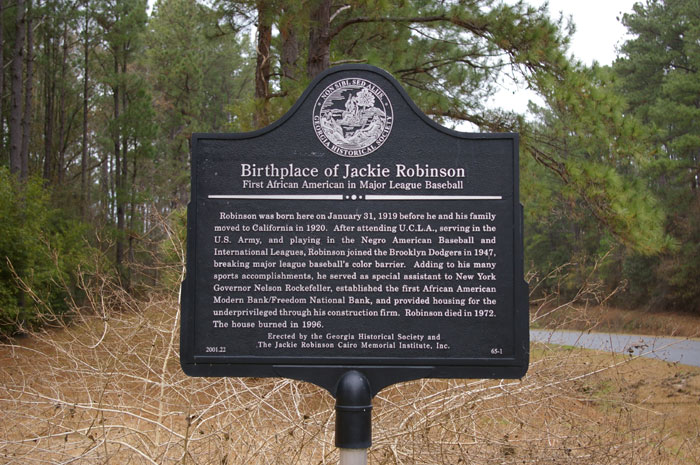
Georgia History Festival
The Georgia History Festival, which began as Georgia Days in the mid-1960s, is an educational program that commemorates the Georgia colony’s founding on February 12, 1733. Geared toward K-12 students, this living history event in Savannah features craft workshops, the two-day Colonial Faire and Muster event at Wormsloe State Historic Site, and a parade. The society also develops and provides an educational curriculum for teachers to use in conjunction with the celebration. In 2011 approximately 10,000 students directly participated in Georgia History Festival programs and activities, with many more accessing online educational materials.
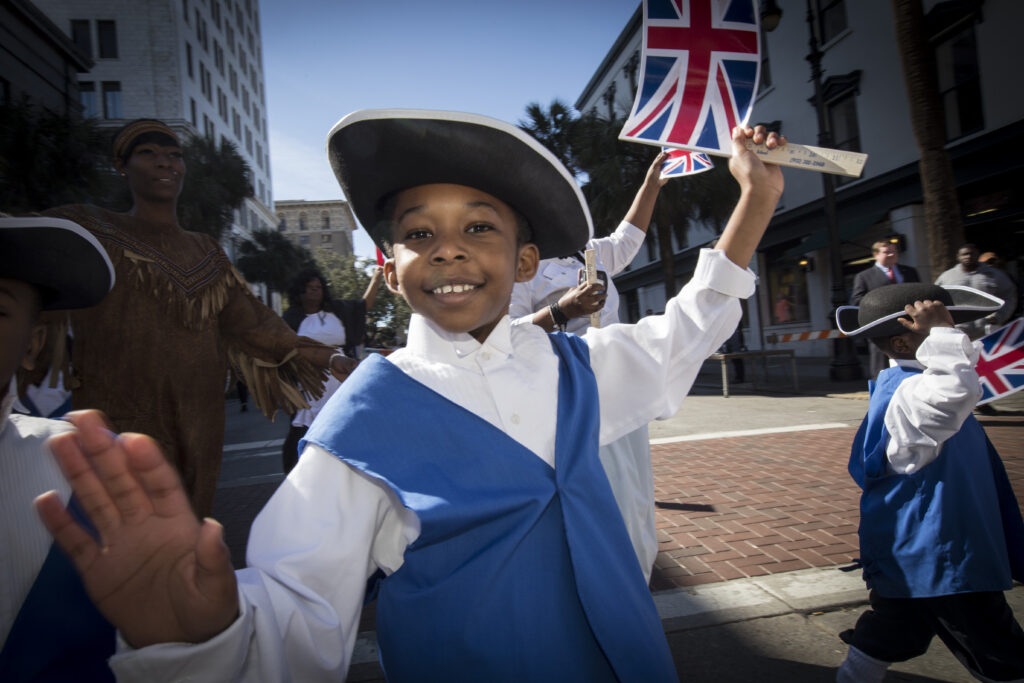
Affiliate Chapter Program
The society developed the Affiliate Chapter Program in 1996 to create a network of local historical organizations within the state and provide them with various resources, including workshops on preservation, technical advice, and publicity opportunities. The society also presents awards for outstanding achievement to affiliate chapters, which in 2011 included nearly 200 nonprofit historical societies, museums, archives, and other organizations throughout Georgia.
Georgia Trustees Award
In 2008 the society created an awards program, in conjunction with the governor’s office, called the Georgia Trustees. The Georgia Trustee inductees are recognized as “Georgians whose accomplishments and community service reflect the highest ideals of the founding body of Trustees, which governed the colony from 1732 to 1752.” Early inductees included Hank Aaron, Vince Dooley, Bernie Marcus, Sam Nunn, Ted Turner, and Marguerite Neel Williams (honored posthumously).
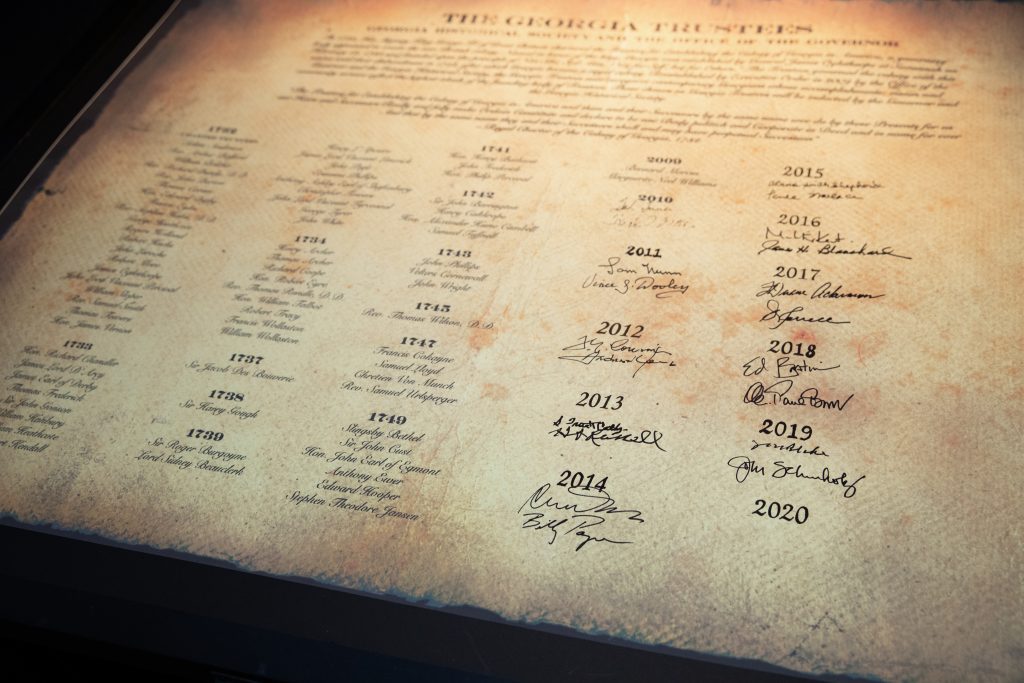
During the induction ceremony, held each February in Savannah, new trustees receive a bronze replica of the 1733 seal of the Trustees. One side of the medallion features a silkworm, mulberry leaf, and cocoon (representing early hopes that Georgia would be a successful silk-making colony), along with the Latin motto Non sibi sed aliis. A scene depicting three figures appears on the reverse, along with the Latin phrase Colonia Georgia Aug, meaning “May the colony of Georgia prosper.” The figures to the left and right of the scene represent the Savannah and Altamaha rivers. The middle figure represents the genius of the colony; wearing a cap of liberty and holding a spear, she sits beside a cornucopia.
Vincent J. Dooley Distinguished Fellows Program
In 2018 the society established the Vincent J. Dooley Distinguished Fellows Program. Named for University of Georgia coach and longtime Georgia Historical Society member Vince Dooley, the program is designed to recognize senior scholars and support emerging historians.
The Dooley Distinguished Teaching Fellowship recognizes leading scholars in the field who have helped to further the mission of the Georgia Historical Society by serving as faculty, panelists, or consultants for society programs. The Dooley Distinguished Research Fellowship provides assistance to younger scholars as they conduct research at the GHS Research Center in Savannah. Together, both fellowships honor Coach Dooley’s legacy by supporting outstanding historical research and scholarship.







